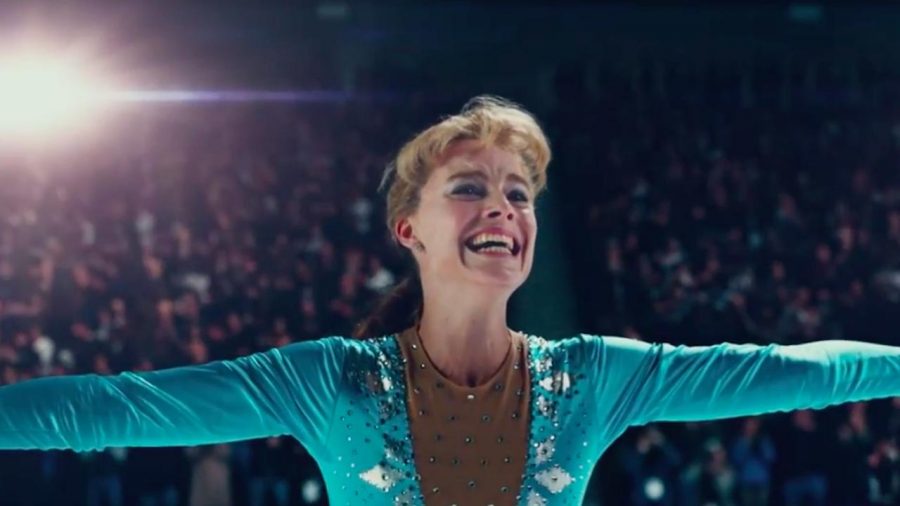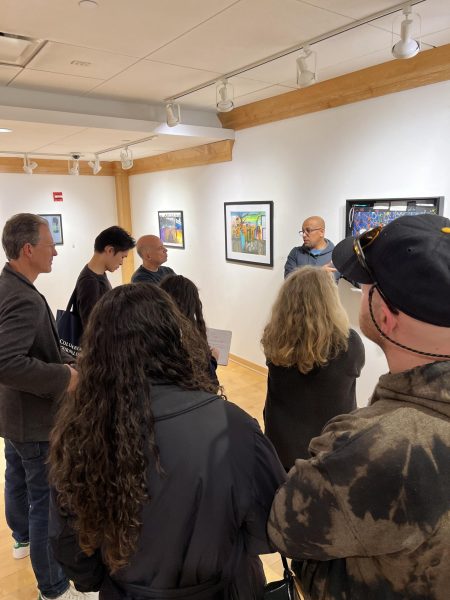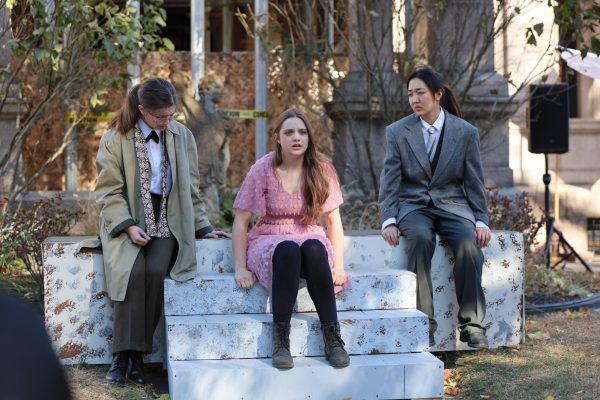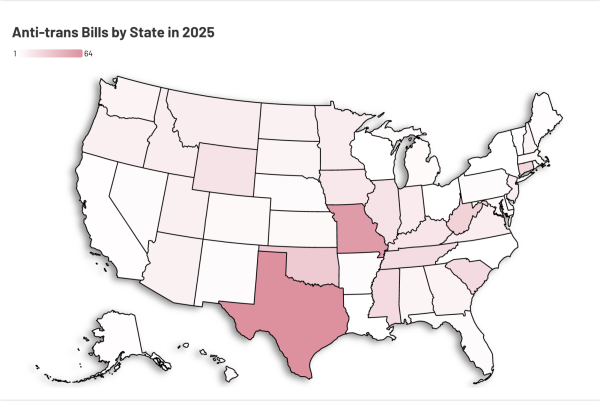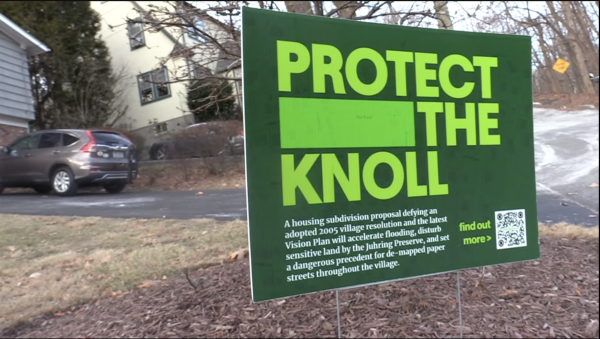I, Tonya Movie Review
I had not been born yet when the legendary American figure skater, Tonya Harding, was making headlines across American television sets in the 1990s for her involvement in a wider scheme to injure her skating rival, Nancy Kerrigan. After certain facts came to light about Harding’s actions in the plot against Kerrigan, and the actions of her ex-husband, Harding was left to deal with the devastating aftermath of the widely publicized incident. The dramatic portrayal of the story which unfolded in front of me in the late 2017 film, I, Tonya, was thus as gripping as the film’s exquisite, dynamic cinematography.
In the film, Tonya Harding’s extraordinary journey from an impoverished and maltreated child to an Olympic figure skater was spotted with a series of mock-interviews largely with Tonya, played by Margot Robbie, Tonya’s ex-husband, played by Sebastian Stan, and her mother, played by Allison Janney. The interviews, marked by an ironic disclaimer which claimed them to be “totally true,” establish a theme throughout the movie of distrust between characters and a distorted truth, as is propagated by the contrasting narratives of Harding’s life and the scheme against Kerrigan.
On a positive note, the film is graced with a diverse musical score, which accentuates both the mood of certain moments in the film and includes certain songs for which Harding was famous for skating to. The actors and actresses beautifully assumed their roles, providing convincing deliverances of the plot already known by many viewers. One of the true triumphs of the film, however, was in the wardrobe of the characters. Harding’s homemade skating costumes were a testament to the success of an impoverished figure-skater in an icy athletic world dominated by wealth. Harding’s mother — who was rarely seen without her signature brown cigarettes — sported a short, bowl-like hairdo which sharply contrasted with the largely “traditional” hair styles of other women in the film, highlighting her differences.
The film vacillates between moments of sharp, hair-raising tension and witty humor, as presented by the comical manner in which the mock interviewees often present their versions of the past and make direct asides to the viewer. At times, the humor seems to sugarcoat what would have likely been deeply traumatizing experiences for Harding, including a moment at gunpoint and several scenes of domestic violence.
The message of humor and positivity amongst a darker backdrop mirror Harding’s life, however, and may be fitting. Her skating stardom — glossy and sequin-covered on the outside — was marked by undercurrents of spousal and familial violence, broken relationships, and poverty. Harding’s repetitive return to her husband, despite the violent abuse she faced, illuminates the difficulty of spousal relationships, and perhaps Harding’s deeper need for love. Harding’s rollercoaster of a life thus makes for a rollercoaster of a film, a cinematographic emotional seesaw which is worthy of watching.
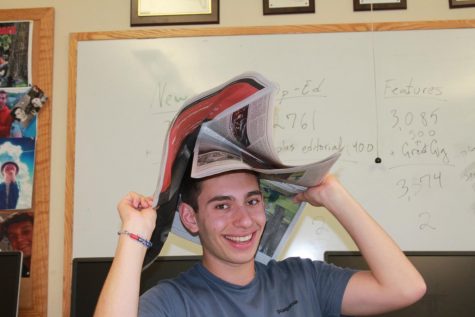
Jacob Strier, a News Design Editor on Tower has been at Masters since the middle of his sophomore year. He has been writing for the newspaper almost as...



